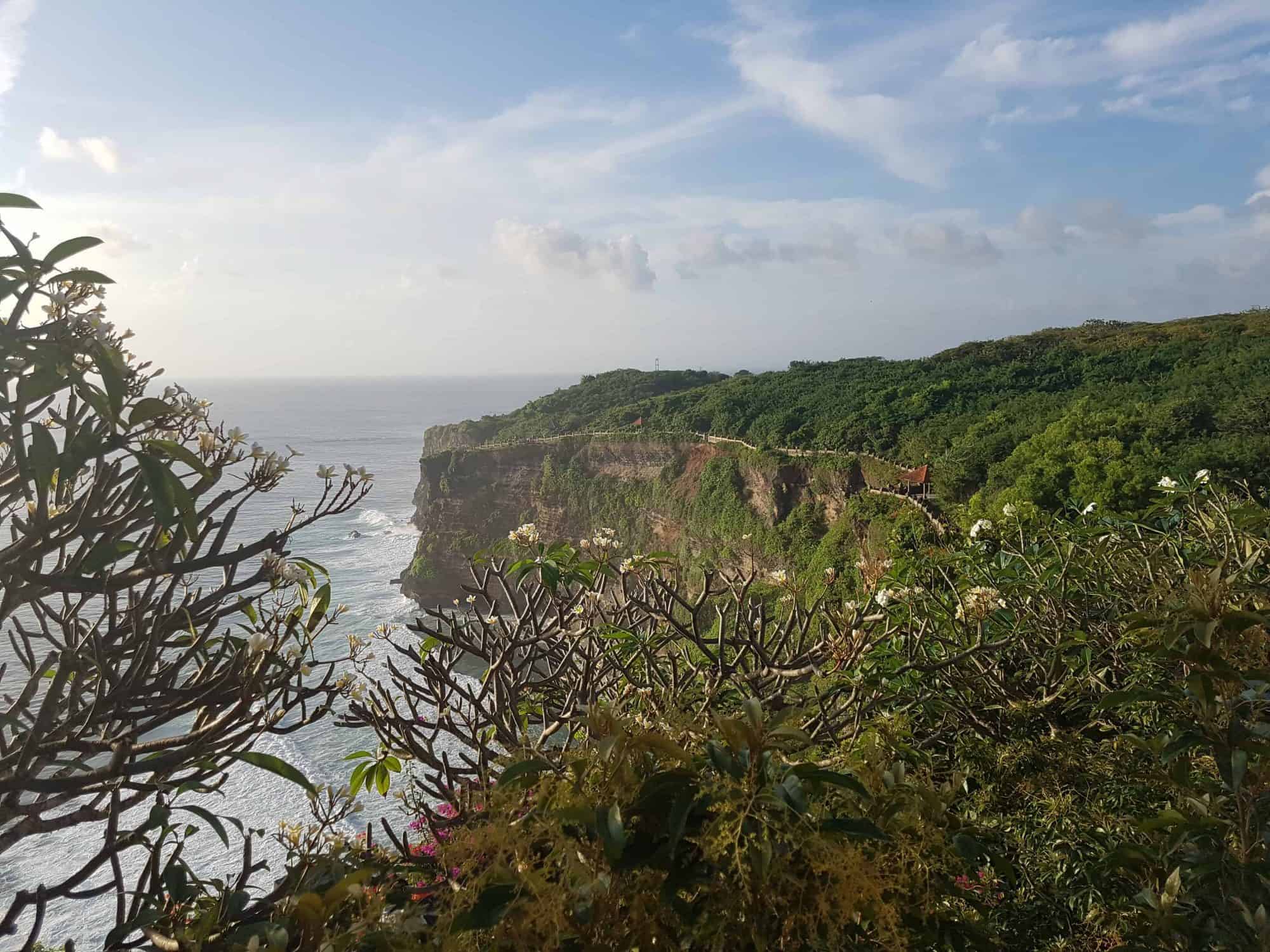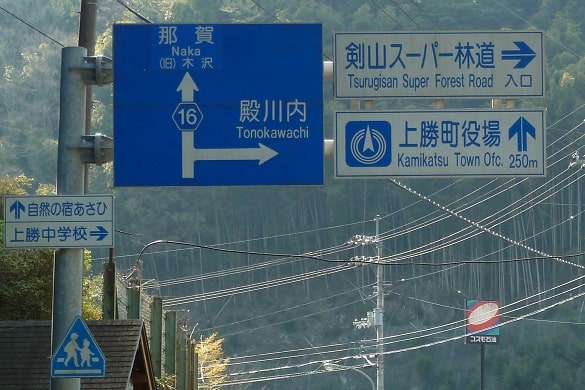Water scarcity is a global problem. From Flint Michigan and California in the United States of America to Chennai, India and Cape Town, South Africa, 12 out of 17 countries with the highest water stress are in the Middle East and North Africa.
Flooding, contaminated groundwater, and water stress affect every corner of the globe. When a natural disaster strikes whether a hurricane, tsunami, earthquake or forest fire. Reliable and clean sources of water are on the list of top resources to find and secure.
Water Scarcity
Significant droughts, an increase in demand and a low reservoir reserve are all factors that contribute to a severe water crisis. There are an abundant number of activities that consume water. We use this precious resource to sustain life (cooking and drinking), maintain agriculture, sanitation, transportation and energy formation.
Several human-made deliberate or accidental activities contribute to the contamination of water. Oil spills, plastic waste dumping, overfishing. Leaching of industrial chemicals, heavy metal bioaccumulation in marine wildlife.
Additionally, waste deposited at sea is a major problem. This waste includes raw sewage, radioactive waste and dredged material. Furthermore, wasting food is equivalent to wasting water because we are wasting the resources used to produce food.
Inspiration from Nature
The Namib desert fogstand beetle (Stenocara gracilipes) is inspirational. This beetle survives by harvesting tiny droplets of fog water from the air.
There are many inventions to ease the growing stress caused by water scarcity. Desalination of seawater, fog catching nets and solar water purifiers are just a few examples.
A few Viable AlternativEnergy articles related to water scarcity include: –
1. Contamination clean up –Flood Control – Pop Up Dam, Hair for Oil Spill and Algal Bloom to Algae as Fuel and The Hunt and Recovery of Microplastics.
2. Purifying drinking water via Graphene Sieves – Desalination of seawater and Arsenic in Groundwater (using ferns to remove toxic in groundwater)
3. Agriculture – Nemo’s Underwater Garden and Ducks in rice paddies to reduce pesticides and fertilisers in farming.
This week’s article was inspired by Mos Def’s song New World Water, from the Black on Both Sides album.



















